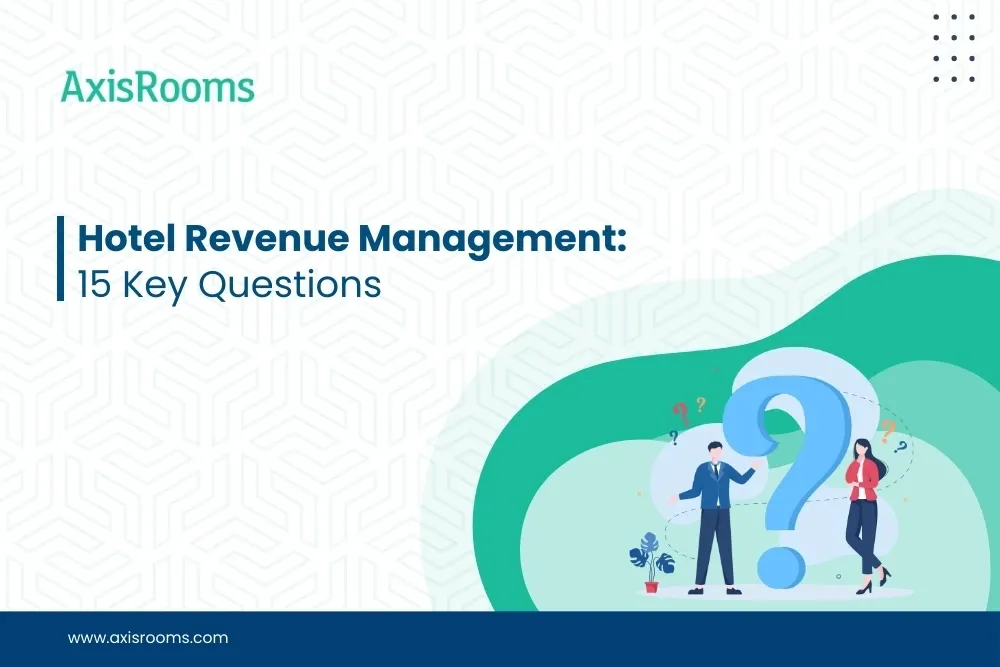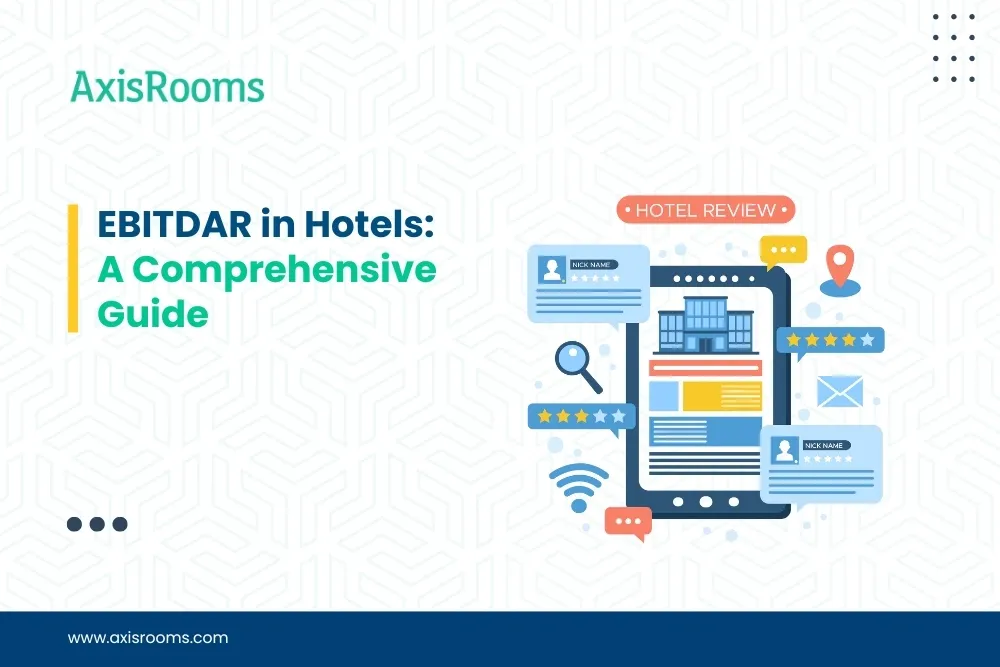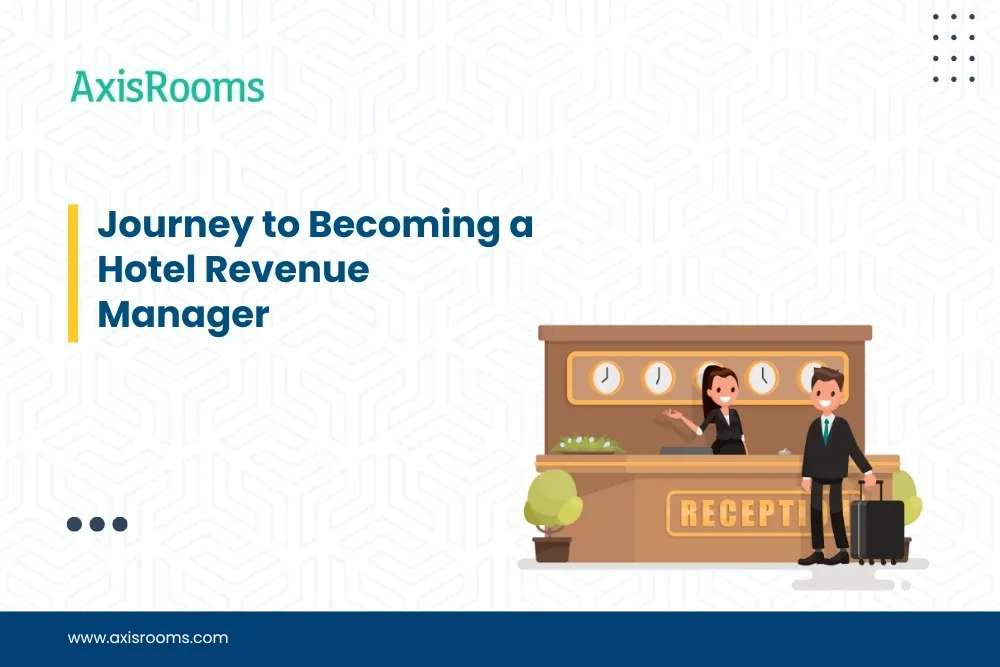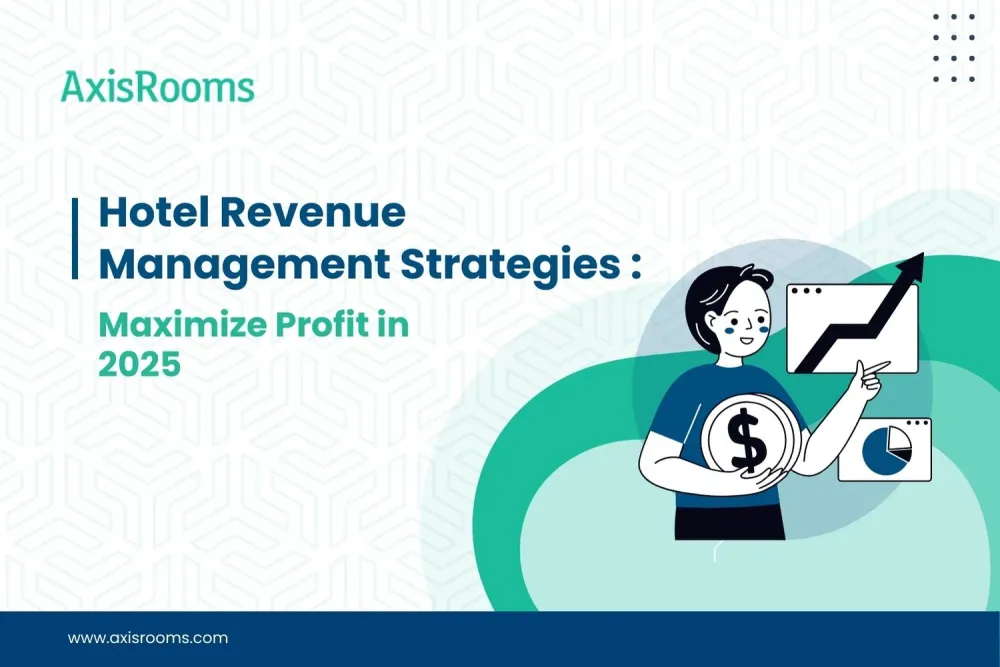In today’s evolving hospitality landscape, revenue management is at the core of running a profitable hotel business. It's not just about adjusting rates—it's about making data-driven decisions that impact occupancy, profitability, and guest satisfaction.
Whether you're managing a boutique property or a group of hotels, having a structured revenue strategy helps you stay ahead of market fluctuations. This guide addresses key questions every hotelier should ask to evaluate and improve their revenue approach.
Why Revenue Questionnaires Matter for Hotels
For hoteliers, revenue questionnaires are a practical way to audit current strategies across pricing, demand forecasting, and distribution. They help uncover inefficiencies, validate current practices, and guide better revenue decisions.
Asking the right questions regularly enables hotels to adapt to changing demand, understand guest segments better, and increase profitability. This approach is increasingly important as the global hospitality market is expected to reach approximately USD 1063 billion by 2028, growing at a CAGR of 10.24% between 2022 and 2028.
Hotel Pricing Strategy
1. What factors most influence room pricing?
Pricing depends on room type, location, local demand, and seasonality. Factors like guest reviews and proximity to attractions also impact how much guests are willing to pay.
2. Are there limitations to your current pricing model?
Yes—manual pricing lacks flexibility during high or low demand periods. AxisRooms Rate Manager allows hoteliers to automate pricing using demand, competition, and booking patterns to stay competitive.
A case study from Marriott International demonstrates this point. Marriott implemented an AI-driven pricing strategy that adjusts room rates based on real-time data and predictive analytics, which led to a significant increase in occupancy rates and overall revenue.
3. What external elements affect pricing decisions?
- Online ratings and guest feedback
- Availability of guest services and amenities
- Competitor pricing in similar categories
These factors influence how guests perceive value and choose properties.
Demand Forecasting
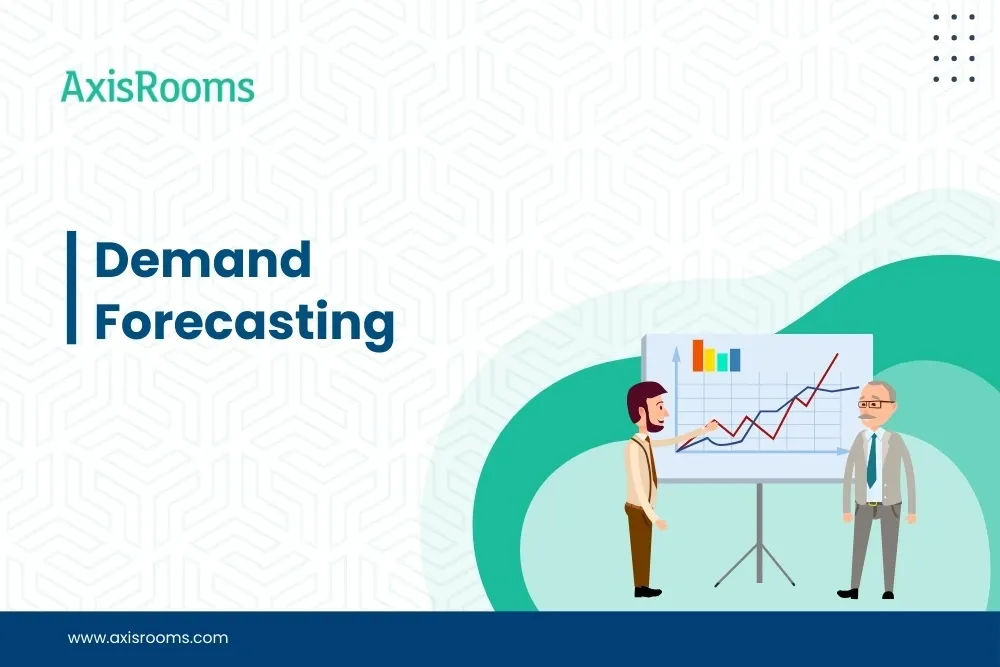
4. What data do hotels need to forecast demand accurately?
Historical booking trends, pace reports, event calendars, and room segmentation data help hoteliers plan room availability and rates effectively.
5. What forecasting methods are used in hospitality?
Hotels use:
- Survey methods: Staff inputs, guest feedback, market studies
- Statistical methods: Trend analysis and predictive modeling
6. Why is demand forecasting crucial for hotels?
It helps hoteliers align pricing and inventory with expected demand, preventing lost revenue and overstaffing during low-occupancy periods.
A real-world example demonstrates this impact: A 150-room property historically underestimated demand during local events, leading to underselling and lost revenue. After implementing automated forecasting, they optimized pricing and increased revenue by 12% during peak seasons.
Distribution Channel Management
7. What are the core hotel distribution channels?
Main channels include:
- Direct website bookings
- OTAs (e.g., Booking.com, Expedia)
- Metasearch platforms
- Walk-ins and call reservations
- Global Distribution Systems (GDS)
8. What sales strategies help maximize revenue from these channels?
- Offer exclusive deals on direct bookings
- Upsell higher-category rooms
- Package deals with local experiences
- Implement loyalty discounts or re-targeted campaigns
9. How can hoteliers create a profitable distribution strategy?
By identifying high-converting channels, maintaining rate parity, and using a tool like AxisRooms Channel Manager, hoteliers can reduce overbookings, increase visibility, and centralize channel performance.
Evaluating Hotel Revenue Performance
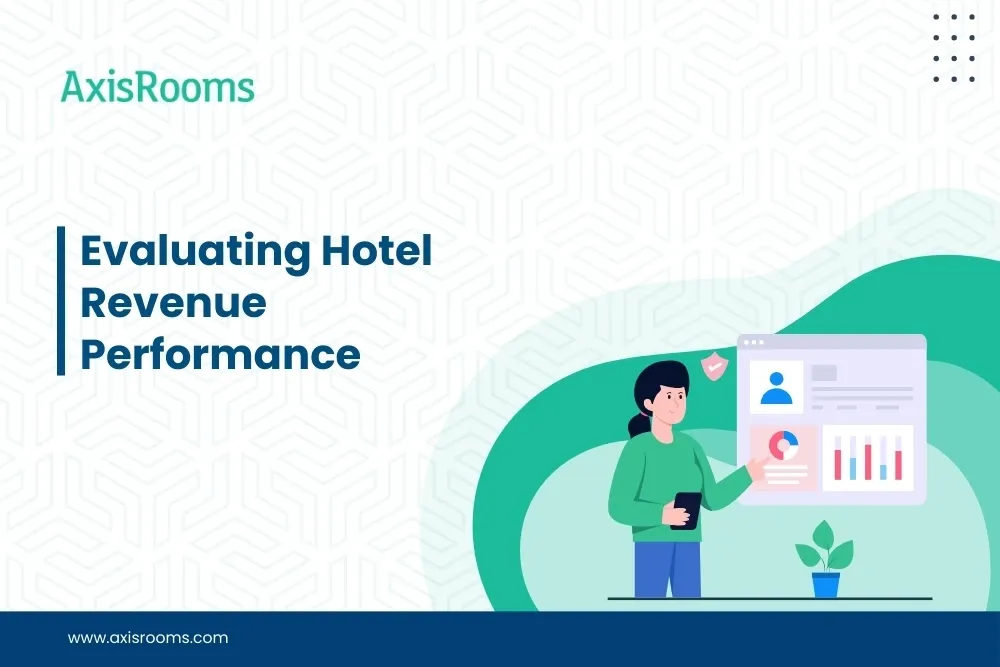
10. How do you measure hotel revenue performance?
Hotels use performance metrics like:
- RevPAR (Revenue per available room)
- ADR (Average Daily Rate)
- Occupancy Rate (OCC)
These KPIs indicate whether your rooms are priced correctly and your marketing efforts are working.
11. What are the top 7 KPIs hoteliers should track?
Tracking the right Key Performance Indicators (KPIs) is essential for making informed decisions in hotel revenue management. These metrics help you evaluate your performance, identify opportunities, and ensure that your pricing and operational strategies are aligned with market demand. Here are the top 7 KPIs that every hotel should consistently monitor:
- Net RevPAR (Net Revenue per Available Room) Net RevPAR refines traditional RevPAR by subtracting distribution costs like OTA commissions. This gives a clearer picture of the actual revenue generated per room, helping you assess channel profitability more accurately.
- GOPPAR (Gross Operating Profit per Available Room) This KPI considers not just revenue, but also operational costs. It provides a true measure of profitability, helping you determine whether increased revenue is actually improving your bottom line.
- TRevPAR (Total Revenue per Available Room) TRevPAR includes revenue from all departments—rooms, F&B, spa, and other services. It’s useful for full-service hotels looking to optimize overall property performance rather than focusing solely on room income.
- Market Penetration Index (MPI) MPI compares your hotel’s occupancy rate with that of your competitive set. An MPI above 100 indicates you’re capturing more than your fair share of the market. It’s key for benchmarking and understanding your competitive position.
- Online Review Scores Guest feedback directly impacts your bookings and pricing power. Monitoring ratings across OTAs and review sites helps identify service issues and gauge guest satisfaction, which plays a critical role in long-term revenue.
- Occupancy Rate (OCC) Occupancy shows how many available rooms are being sold. While it’s a basic KPI, it’s foundational to understanding demand trends and operational efficiency.
- Average Length of Stay (ALOS) ALOS helps you understand guest behavior and predict booking patterns. A longer stay often leads to lower acquisition costs and higher overall revenue per booking, especially when paired with upselling strategies.
12. What systems do hotels use to analyze performance?
Hotels rely on AxisRooms RMS to evaluate competitor rates, demand fluctuations, and real-time occupancy, enabling faster and more accurate pricing decisions.
How AxisRooms Powers Smarter Revenue Decisions
With AxisRooms Channel Manager, hoteliers can update inventory across all OTAs and direct booking engines in real time—avoiding overbookings, reducing effort, and maximizing visibility.
Together, these tools give hoteliers better control over rate distribution, pricing strategy, and revenue performance without the need for multiple logins or manual processes.
Guest Segmentation
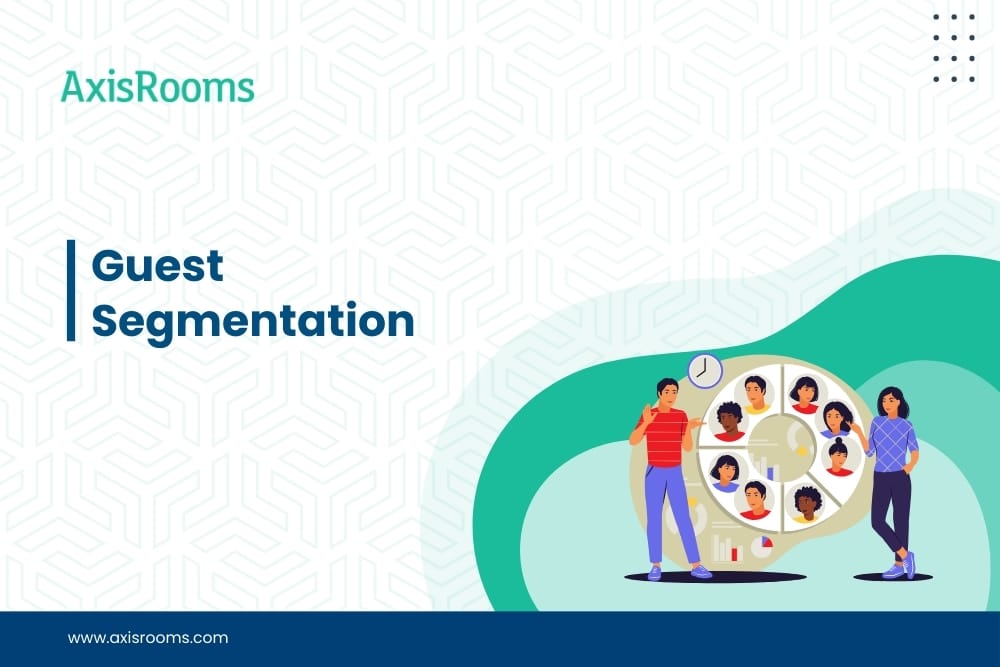
13. What are the major guest segments in the hotel industry?
Hotels typically segment guests by:
- Demographics (age, gender, income)
- Geographics (domestic vs international)
- Behavioral patterns (booking habits, loyalty)
- Psychographics (preferences, travel motivations)
- Firmographics (for B2B or MICE bookings)
14. How can hotels evaluate customer segments?
By analyzing booking data, stay patterns, and guest feedback, hoteliers can build personas and tailor offerings to increase conversion and guest satisfaction.
15. What makes a segment valuable for targeting?
A good segment is measurable, reachable, profitable, clearly distinct, and easy to engage with personalized offers and promotions.
Key Takeaways for Hoteliers
- Regular evaluations lead to better decisions. Use questionnaires to stay aware of how your pricing, forecasting, and distribution are performing.
- Use technology to automate and optimize. AxisRooms tools make it easier to manage rates and channels across platforms.
- Know your guests better. Segmentation allows you to design offers that resonate with each group—whether they’re business travelers, families, or repeat guests.
- Track the right metrics. Don’t rely only on occupancy—monitor revenue per room, booking pace, and channel profitability to see the full picture.
Final Thoughts
Revenue management is a continuous journey, not a one-time fix. The more informed your strategies are, the easier it becomes to grow revenue, improve guest satisfaction, and respond to market shifts.
For hoteliers, staying competitive means asking the right questions, embracing automation, and always analyzing performance. With AxisRooms, you can turn insights into actions—boosting efficiency, improving accuracy, and growing profits.

